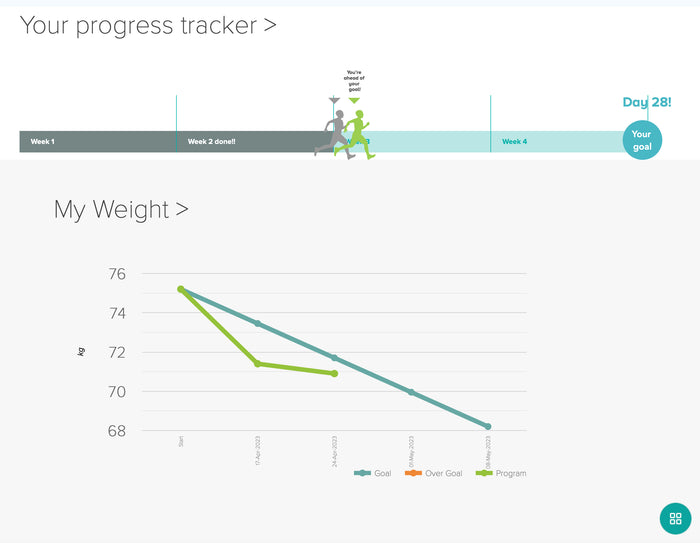Despite living in a country famed for sunshine, over 95% of my clients with chronic health concerns have sub-optimal vitamin D levels. And when I reviewed the data from the past year, only 3% had levels in the optimal range - nearly all of them were supplementing.
A Commonly Overlooked Deficiency
Vitamin D deficiency is often missed in standard pathology, with most general practitioners and specialists failing to flag it. This is particularly concerning given the nutrient's critical role in metabolism, immunity, and neurological function.
While nutrient-depleted Australian soils lead to predictable deficiencies in selenium, iodine, and zinc, the prevalence of low vitamin D is even higher.
Sunlight and Metabolism
Sunlight doesn’t just lift our mood - it catalyses a series of reactions that support metabolic health. The bioactive form of vitamin D (1,25-dihydroxyvitamin D3 or calcitriol) is essential for energy production within our mitochondria. It activates Complex I and IV in the electron transport chain, helping to extract energy from the food we eat.
Vitamin D also supports antioxidant production to protect these delicate systems from metabolic by-products, helping to maintain energy efficiency.
Methylation and Gene Expression
Vitamin D is a key regulator of methylation, a process critical for over 200 functions including energy metabolism, detoxification, and gene expression. Methylation produces:
- Creatine (for ATP recycling)
- Carnitine (for fat oxidation)
- Glutathione (our master antioxidant)
And regulates key insulin signalling pathways.
How Low Is Too Low?
Australian labs often define sufficiency as anything over 50 nmol/L, based on outdated 2012 guidelines. However, newer research suggests optimal levels are closer to 100–125 nmol/L for robust health outcomes, particularly cardiovascular and metabolic health.
That means many people considered "fine" by their GP may still be functionally deficient.
Can You Supplement Your Way Out?
Not always. While sun exposure and vitamin D3/K2 supplementation can help, they aren't magic bullets. Vitamin D metabolism also depends on:
- Liver function
- Methylation efficiency
- Glutathione status
- Nutrient cofactors (magnesium, zinc, B12)
Clients with poor detox pathways, oxidative stress, or methylation blocks may struggle to maintain healthy levels despite adequate intake.
|
Starting Vitamin D Level (nmol/L) |
Estimated Time to Reach 100 nmol/L |
|
20 nmol/L |
16 – 21 weeks |
|
30 nmol/L |
14 – 18 weeks |
|
40 nmol/L |
12 – 16 weeks |
|
50 nmol/L |
10 – 13 weeks |
|
60 nmol/L |
8 – 11 weeks |
|
70 nmol/L |
6 – 8 weeks |
|
80 nmol/L |
4 – 5 weeks |
|
90 nmol/L |
2 – 3 weeks |
Practical Advice:
- Test your vitamin D levels, don’t guess
- Aim for 85-125 nmol/L for optimal health
- Get safe sun exposure when possible
- Include vitamin D-rich foods (fatty fish, eggs, liver)
- Consider supplementing (alongside K2) if levels are low
- Address underlying issues like methylation and liver function if levels don’t improve
Vitamin D is more than a nutrient - it’s a metabolic regulator, genetic influencer, and key to long-term vitality. If your levels are low despite sunshine and supplements, there may be deeper systems out of sync. Correcting those imbalances can make all the difference.
At AstonRX, we don't just treat symptoms. We identify and resolve the root causes that prevent your body from working the way it should.
























